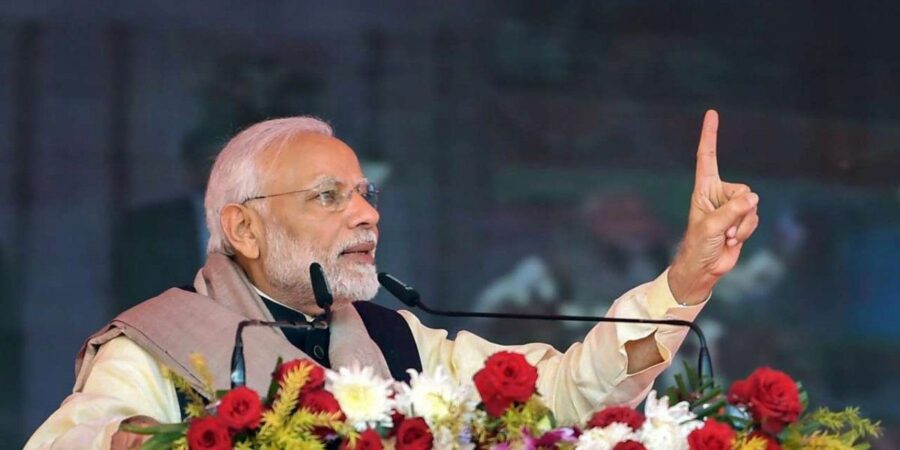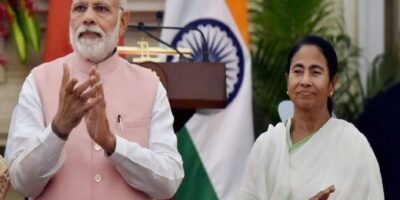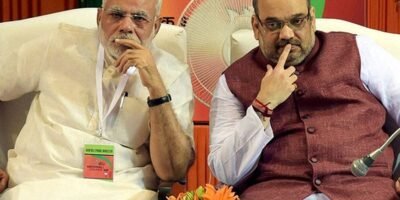Parliamentary majority rules system: Does it truly work for India?

India is being acclaimed far and wide for maintaining a majority rule government by leading the biggest general decision at any point held. Be that as it may, this decision indeed brings up two issues. How equitable is India’s majority rule government? What’s more, is parliamentary vote based system directly for India?
It is regularly recommended that presidential majority rule government would be desirable over parliamentary vote based system in India, that a president would almost certainly convey advancement more proficiently than a PM. Unquestionably, a president chosen by the general population is far more liberated to act than a head administrator since he isn’t responsible to the Parliament, and doesn’t need to limit his selection of clergymen to individuals from parliament (MPs). Be that as it may, a president is to a lesser degree a Democrat than a leader in light of the fact that so much power is amassed in his grasp. That is hazardous and a bit much. It’s frequently overlooked that two executives whose powers were especially restricted by the requirements of parliamentary majority rules system were the best financial reformers — PV Narasimha Rao, who headed a minority government, and Atal Bihari Vajpayee, who needed to hold an enormous alliance together.
It can positively be contended that India would be increasingly law based if its MPs, presently chosen by being first-past-the-post in their voting public, were chosen by corresponding portrayal (PR). There are various types of PR however the essential rule is that seats in Parliament are allotted to parties in the extent to the number of votes each gathering successes. As such, a gathering winning 30% of the votes gets roughly 30% of the seats in Parliament.
The aftereffects of the 2014 decision show how undemocratic the first-past-the-present casting a ballot demonstrated on be. We have come to trust that a famous wave cleared Narendra Modi into Parliament, though, truth be told, most Indians voted in favor of gatherings other than the Bharatiya Janata Party (BJP). The gathering Modi drove won 282 seats with only 31% of the votes. This is the most reduced level of votes ever to win an outright lion’s share in Parliament. The Congress’ execution wasn’t as hopeless as its count of seats, 44, proposes. Its vote share was 19.3%. Third, went to the Bahujan Samaj Party (BSP) with 4.2% of the vote which didn’t give the gathering even one seat. On the off chance that the race had been held under PR and if the casting a ballot had been comparative, the BJP would have been well shy of a lion’s share, with around 170 seats and the Congress would have had an increasingly good aggregate of about 110 seats. The BSP would have ended up with 23 MPs. These figures demonstrate that under PR there is substantially more possibility of each voter’s vote-getting the person in question portrayal in Parliament.
The principal contention against PR is that it would prompt precarious alliances. As Vajpayee appeared, alliances don’t need to be shaky. The Congress’ alliance under Manmohan Singh made due for a long time yet it must be said that separated from those two PMs, the survival rate of alliances has not been empowering. Against that, the long periods of Congress commanding Indian governmental issues are not a commercial that first-past-the-post can prompt solidness since they support greater gatherings. Talking in the Rajasthan town of Jalore in this crusade, Amit Shah approached Rahul Gandhi to give a record of what he called 55 years of Congress rule. With he requires a without congress India, Shah is currently endeavoring to make a one-party majority rules system under the BJP rule. Talking on another event in Rajasthan, he said the BJP will currently govern for the following 50 years.
I trust PR decisions bringing about alliances would be the most popular based path for a nation as different as India to pick governments, instead of first-past-the-post races, which may lead again to one-party mastery. Be that as it may, I question whether government officials can practice the control and are happy to make the fundamental penances of individual interests and aspirations for multi-party alliances to work. So perhaps the best result for India, all things considered, would be first-past-the-present decisions driving on a two-party majority rule government. That would require the Congress to resuscitate and the BJP to temper its aspiration.




Comments are Closed